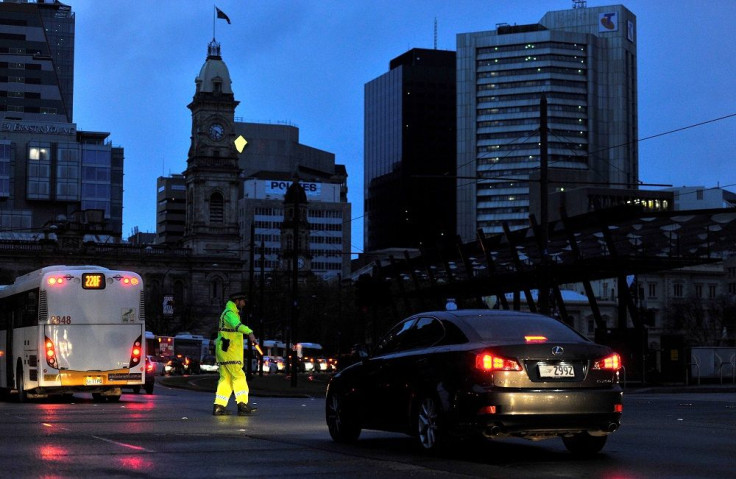Economic health check of Australia’s states: NSW remains best performer

New South Wales is still Australia’s best performing economy. Victoria follows the First State while Western Australia is still suffering from the end of the mining boom.
Australia’s states and territories were ranked in a new report according to eight economic indicators, including population growth, home finance lending, construction work and retail spending. The CommSec’s quarterly State of the States report sees NSW still on top.
The recent report shows that the country’s domestic economies are in good shape, but there are some differences in relative performance. CommSec Chief Economist Craig James said those economies that benefit from favourable population growth are performing best, which could be seen in retail activity and stronger home building.
Thanks to low unemployment and new home construction, NSW has kept its spot as the number one performing state in Australia. The state’s economic growth is also fuelled by retail spending, with New South Welshmen spending 16.9 percent above decade average levels.
“NSW remains on top of the economic performance rankings but Victoria has narrowed the gap. Both states have relatively high population growth, underpinning home building and retail spending,” James said, according to news.com.au. Victoria’s economy is doing great too, securing the second position on housing finance.
CommSec found that Victoria outperforms the national average on eight indicators. The ACT came in at third, according to its report. However, its jobs market softened.
As for South Australia, it has gone from sixth to fourth in the rankings. The state’s lift in rankings is due to improvement in the job market. Furthermore, the report found little to separate economic growth in the Northern Territory, Tasmania and Queensland. WA remains at the bottom, reflecting the end of the mining construction boom.
Gig economy
Meanwhile, the gig economy, characterised by temporary jobs and part-time contracts, has taken hold here. Based on an analysis of the latest release of data from the 2016 census, gig economy is rising.
The number of Aussies who have part-time work has risen by 14 percent since 2011 and the number of full-time workers has only gained 4 percent. Today, one in three working Aussies are employed part-time, which can be compared to 3 percent since 2011.
The nation ranks behind the Netherlands and Switzerland as having the highest proportion of workers employed part-time. Demographers McCrindle say the data shows a “fascinating snapshot” of how Australians work and are educated, Business Insider Australia reports.
Fox Business/YouTube





















